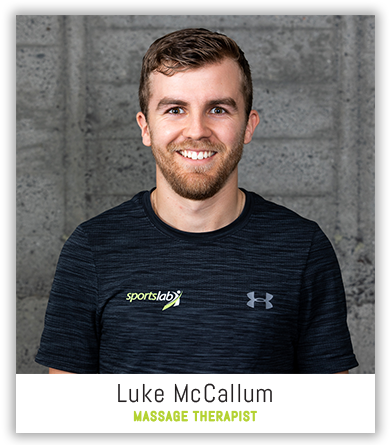“ Huh… You Can Manipulate My Organs?”
You’re sprinting down the rugby field, making good ground, and out of nowhere your opponent slams you down onto your side. You feel the impact of the tackle through your rib cage. You feel it radiate down your side. Your core muscles tense and there’s an ache deep between your ribs. Why? Because your core muscles are tightening up to protect your underlying organs. Your musculoskeletal system takes the brunt of the tackle, so your organs don’t have to. We don’t often think about the significant role our organs play in musculoskeletal dysfunctions. But, here at Sports Lab, we seek to find the underlying cause of pain and dysfunction, which lead us to search outside the normal realms of manual therapy to a treatment modality known as visceral manipulation.
What Is Visceral Manipulation?
Visceral manipulation is, as its name suggests, is manipulation of our internal organs within the abdominal cavity. We are aware that this sounds both a little bit invasive and strange but hang in there because there’s method to this madness.
Our bodies are designed to move freely and unrestricted, which goes further than just our bones and joints and includes our internal organs. Visceral manipulation uses gentle, yet specific manual touch to encourage normal tone and mobility of our organs within the abdomen.
Why Does It Matter That My Organs Move?
As you move through your day, your organs are in constant motion. Our organs are highly interconnected into our musculoskeletal system via our connective tissue, fascia and nerves, so when you move your body, it’s not just your bones and tissues that need to move, your organs need too as well. This is why in order to achieve optimum health and pain free movement it is important to consider your organs as a potential source of dysfunction when you present with a musculoskeletal injury.
When organs become dysfunctional and restricted it can present as musculoskeletal pain. For example the liver is the largest digestive organ in the body, which sits underneath our diaphragm on the right hand side and spreads across around one third to the left side of the body. The same nerve that innervates the right shoulder also innervates the liver. Due to this anatomical connection between the liver and the right shoulder, right sided shoulder pain can indeed be caused from immobility of the liver. An organ can become restricted for several reasons. Physically through trauma or surgery; biochemically through nutritional irritants or over exposure to chemicals, and psychosocially; from daily life stressors. In this case, if we were just treating the musculoskeletal system for right sided shoulder pain and not the underlying visceral cause, improvements in shoulder symptoms would likely be limited and not long lasting. What a bummer that would be!
Wouldn’t I notice That my Organs were Restricted?
Because of our body’s innate desire to survive, our body has a hierarchy of needs. The body will prioritise needs of some structures over others and whether we like it or not, the musculoskeletal system is relatively low on the list. However, it comes as no surprise that our internal organs are much higher on the priority list. Our internal organs are of greater importance to us for survival, so they are often working much harder than we realise (often too hard) without us experiencing any discomfort. Because of this hierarchy of needs we may not notice a dysfunction in our organs because our body is prioritising the need to work hard to keep them going, rather than chucking its hands in the air and saying, “I give up, I’m in pain, help me.” This means we are far more likely to
notice restrictions in our lower priority structures like our muscles and tendons and less likely to notice restrictions in our internal organs.
So How Do We Know If It’s Our Organs Or Not?
Through visceral palpation (assessment through touch) and assessment techniques we can feel what organs have stronger pulling forces than others. This pulling force is created when organs become more fibrotic and have reduced vitality, therefore moving less than typically would be expected. It’s like jumping on a trampoline that is missing a few springs, it creates a different pulling force than if it had all its springs. Similarly if we were assessing an injured shoulder we would notice that it might have less movement than would be expected, and the same goes for our organs.
Is Visceral Manipulation for me?
Of course! Throughout our life time, there are numerous factors that can impact your organs natural movement. Through visceral manipulation techniques we can help restore an organs normal range of motion and its ability to move within the abdominal cavity, which thereby may help to reduce you’re presenting musculoskeletal injuries, aches and pains. So why not get it checked out?!
Livvy Wilson and Luke McCallum have been a part of the Sports Lab team for several years now, Livvy as a Physiotherapist, Luke as a Massage Therapist. They have seen how important movement of the abdomen is and how it can influence many other structures in the body. They are our visceral manipulation specialists and have learned just how powerful these techniques can be.



